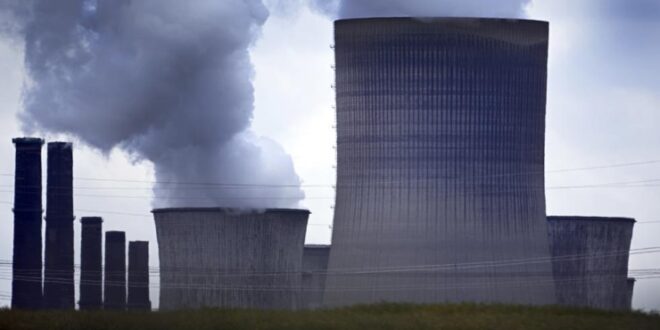Global coal demand is set to remain broadly flat over the next two years, as surging electricity demand in a number of major economies offsets the ongoing rapid expansion of solar and wind capacity worldwide, according to the International Energy Agency (IEA).
After global coal use soared 2.6 per cent to reach an all-time high in 2023, driven particularly by strong growth in China and India, demand for the fossil fuel is expected to remain largely unchanged throughout 2024 and 2025, the IEA’s latest coal market trends report predicts.
Published today, the mid-year update finds that while coal demand grew in both the electricity and industrial sectors last year, the main driver has been the need to fill the gap created by low hydropower output and rapidly rising power demand worldwide.
However, a gradual recovery in hydropower output alongside the ongoing rapid rollout of solar and wind power in many key economies this year is expected to halt the growth in coal demand over the next two years, albeit without reducing it, the IEA said.
It follows the IEA’s report last week which projected a surge in global electricity demand this year due to strong economic activity, intensifying heatwaves, and the expansion of clean technology production worldwide. As a result, global power demand is expected to rise at its fasted rate in 17 years in 2024, it said, with the bulk of that increasing demand set to be met by new renewables generation, fuelling hopes the emissions from global power system could peak in the next few years.
Global coal demand, however, continues to pose a major challenge to hopes of meeting global climate targets and limiting average global warming to 1.5C by the end of the century, as set out in the Paris Agreement, but the IEA said it still expected coal to soon enter a structural decline.
“Our analysis shows that global coal demand is likely to remain broadly flat through 2025, based on today’s policy settings and market trends,” said Keisuke Sadamori, the IEA’s director of energy markets and security.
“The continued rapid deployment of solar and wind, combined with the recovery of hydropower in China, is putting significant pressure on coal use. But the electricity sector is the main driver of global coal demand, and electricity consumption is growing very strongly in several major economies.
“Without such rapid growth in electricity demand, we would be seeing a decline in global coal use this year. And the structural trends at work mean that global coal demand is set to reach a turning point and start declining soon.”
Today’s IEA report reveals that China – which alone accounts for more than half of global coal consumption – is expected to see coal demand growth fall slightly this year due to rising generation from renewables and hydropower.
Even so, surging demand for electricity in China to fuel its huge industrial manufacturing base makes an actual decline in the country’s – and the world’s – coal consumption unlikely, the IEA said.
In India, meanwhile – another of the world’s biggest coal consumers – growth in demand for the fossil fuel is also set to decelerate in the second half of this year as weather conditions return to seasonal averages, according to the report. That would follow a sharp rise in the coal consumption in the country during the first half of this year, due to strong economic growth and extreme heatwaves fuelling demand for air conditioning.
But in Europe, the IRA expects coal demand this year to continue on the rapid downward trend it has followed for the best part of 20 years, thanks to decarbonisation efforts and the shift to clean power sources. EU coal demand fell by as much as 25 per cent last year, and is expected to drop by a similar margin in 2024, it said.
Across the pond in the US, coal use has also been contracting significantly in recent years, but a combination of stronger electricity demand driven by economic growth alongside a reduction in switching from coal to gas could slow that trend this year, according to the IEA.
Japan and Korea are also set to continue reducing their reliance on coal this year, albeit at a slower pace than Europe, it said.
On the supply side, the IEA said it expected global coal production to fall slightly in 2024 after steady growth the year before.
Coal production in China is now moderating after two years of staggering growth, while in India the push to boost coal production continues, with a supply increase of around 10 per cent expected in 2024, according to the report.
However, In advanced economies, coal production is in decline, broadly reflecting demand, it said.

 Iran Energy News Oil, Gas, Petrochemical and Energy Field Specialized Channel
Iran Energy News Oil, Gas, Petrochemical and Energy Field Specialized Channel



